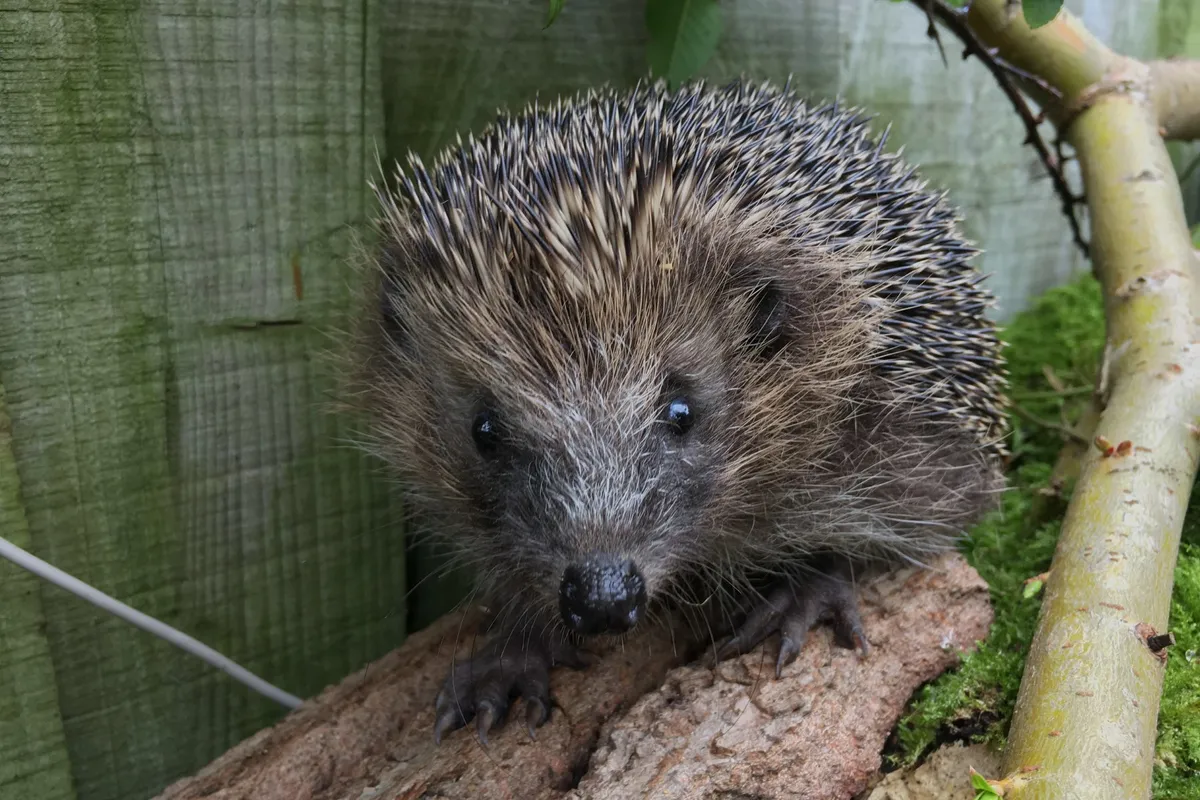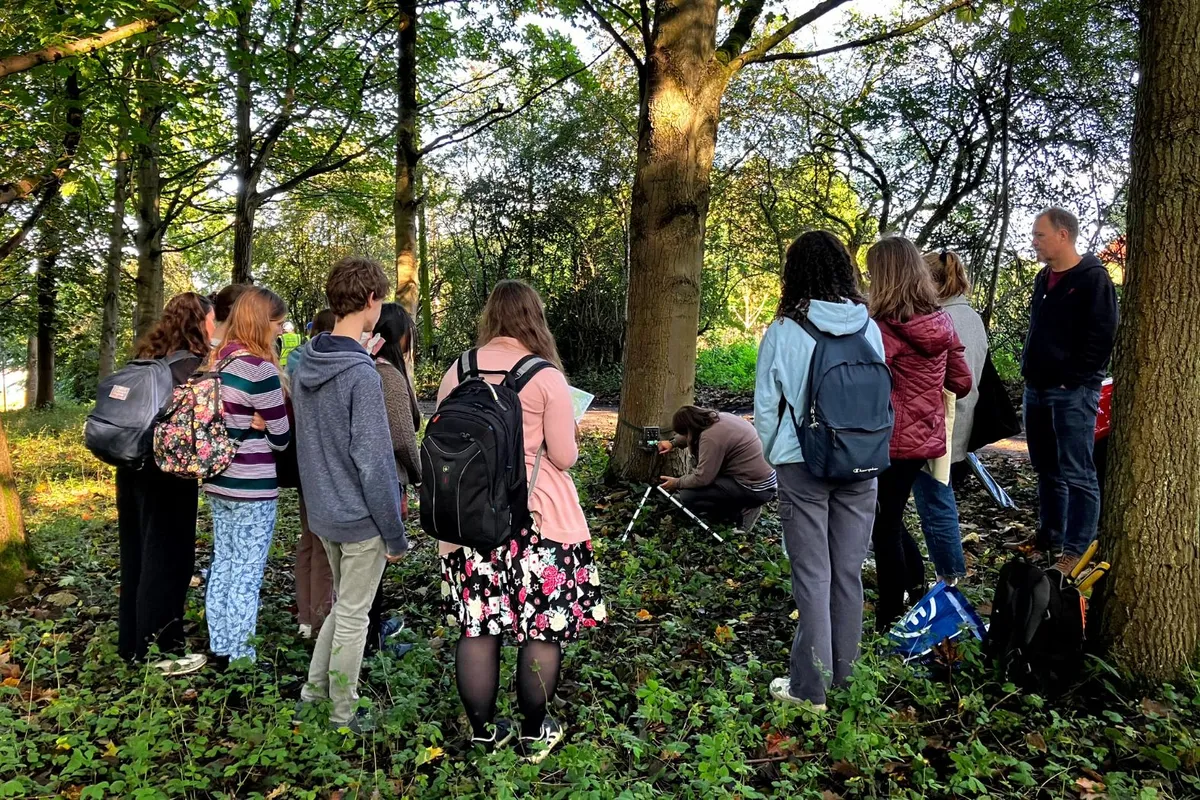Efforts to help the UK’s struggling hedgehog population are to get a major boost from a unique project combining artificial intelligence and hard work by volunteers.
Data from the project will provide the first reliable estimate of the UK’s hedgehog population – and allow conservationists to work out how best to help the much-loved mammals.

While hedgehog populations in urban areas are recovering after decades of decline, numbers in country areas have dropped by between 30% and 75% since 2000, according to the British Hedgehog Preservation Society (BHPS).
The new National Hedgehog Monitoring Programme, led by the BHPS and the People’s Trust for Endangered Species, will use trail cameras to gather data on hedgehogs at sites including parks, gardens, woodlands and farmland.
There are already over 300 cameras spread across 13 sites. In the next three years 40 sites will be covered by more than 1,000 cameras, each one taking a picture every time its sensors detects movement.
The huge number of images means a special AI algorithm, developed at Liverpool John Moores University, will be used to take out any that don’t have wildlife in them.
That will still leave thousands of pictures needing to be sorted by eye – which is why the project is appealing for volunteers.

It’s hoped as many volunteers as possible will join in, working online on citizen science platform MammalWeb from anywhere in the UK or even abroad, to find the snaps of hedgehogs.
The data generated will then be used to develop a robust estimate of how many hedgehogs there are in the UK, and how populations change annually. It means experts can work out just which places and habitats are best and worst for hedgehogs, and even what might be causing declines.
The existing 13 camera sites are spread across Britain, from Dorset to Glasgow. The NHMP team and a pilot group of volunteers are currently sorting the mass of images taken from them in 2023. Hedgehogs have been spotted at six sites so far – along with many other species, such as tawny owls, stoats and red squirrels.
Dr Henrietta Pringle, National Hedgehog Monitoring Programme Coordinator at the People’s Trust for Endangered Species, said the first use of AI for a hedgehog conservation project would help produce the first reliable nationwide survey.
“Before we can put practical conservation measures in place we need to understand where they are and why they’re declining,” she said.
“This is the first study where populations are measured year after year, in the same location, which will produce vital data and allow us to identify those at risk, which in time will hopefully help us to reverse the decline.
“The results will also allow us to see regional and habitat differences, and identify what factors impact them in different places, which will not only be fascinating but also incredibly useful for their long-term conservation.”
She has been joining in with the photo analysis, and added: “Swiping through the images on MammalWeb becomes addictive – you get a real buzz when you spot a hedgehog.
“We often share photos in the office of the species we’ve spotted and even have a leader board now too – once you start, it’s very hard to stop!”
Fay Vass, CEO of The British Hedgehog Preservation Society said: “Everyone loves hedgehogs, but we recognise that not everyone is in a position to help them in the wild.
“Becoming a ‘spotter’ for the National Hedgehog Monitoring Programme is a fantastic way for everyone to get involved. Now those with mobility issues, who don’t have a garden or perhaps are away studying at university or college, can help from the comfort of home.
“Helping hedgehogs has never been easier or more accessible, so we really hope people from all walks of life take part.”
Main image: A hedgehog spotted as part of the National Hedgehog Monitoring Programme. Credit the National Hedgehog Monitoring Programme